What you’ll learn:
- Liraglutide is a GLP-1 receptor agonist found in Saxenda®, Victoza®, and several generic versions that can be prescribed for diabetes or weight loss, depending on the medication.
- Taking any version of liraglutide requires giving yourself daily injections.
- The dose of all versions is gradually increased to find the dose that works best for you with the fewest side effects.
Semaglutide, the active ingredient in Ozempic®, and tirzepatide, the active ingredient in Mounjaro®, are widely known for their role in diabetes management and weight loss. But they’re not the only GLP-1 medications available. Liraglutide, though less talked about, has been part of the weight loss and diabetes conversation for years.
You might recognize liraglutide by its brand names: Saxenda®, approved for weight management, and Victoza®, used to treat type 2 diabetes. Several generic versions have also entered the market recently.
Like other GLP-1 medications, liraglutide works by mimicking the GLP-1 hormone, which helps lower appetite, slow digestion, and regulate blood sugar. These effects can support steady, sustainable weight loss or manage diabetes when combined with healthy lifestyle habits.
One key similarity between liraglutide, semaglutide, and tirzepatide is that all require a gradual dose increase to help minimize side effects. The main difference to be aware of is how it’s taken: Liraglutide requires a daily injection, unlike some of the newer GLP-1s that you take once weekly. This can be an important consideration when deciding which medication fits your needs.
If you’re starting liraglutide or considering it as part of your weight loss plan, understanding the dosing process is essential. This guide covers how the medication works, how it’s taken, and how your provider will help you safely reach the target dose for your goal.
Finding the right dose of liraglutide for weight loss
When using liraglutide—whether for weight management or type 2 diabetes—dosing follows a step-up approach that helps your body get used to the medication gradually. Starting low and increasing slowly gives you a better chance of avoiding uncomfortable side effects like nausea or fatigue.
Additionally, because liraglutide is a once-daily injection, this dosing rhythm can be a deciding factor in whether the medication feels manageable for your routine. Some people find that daily doses offer helpful structure and consistency, while others may prefer a weekly option that requires less frequent attention.
Your provider will help guide the process, adjusting timing if you experience any issues. Below is a breakdown of how dosing typically works with the different forms of liraglutide, including Victoza®, Saxenda®, and the generic version.
Victoza®
Victoza® isn’t meant for weight loss, though some people may experience some weight loss while taking it. The goal with Victoza® is to find a dose that provides strong blood sugar control with the fewest side effects.
- How dosing works: You’ll start at 0.6 mg once daily for at least one week. From there, your provider may increase it to 1.2 mg, and then 1.8 mg if needed. Most people stay at 1.2 or 1.8 mg for long-term blood sugar management.
Saxenda®
Saxenda® is the liraglutide version approved for weight loss. The goal with Saxenda® is to reach a full 3 mg daily dose. Lower doses are only used temporarily during the first few weeks to help your body adjust before reaching that maintenance level.
- How dosing works: You’ll start at 0.6 mg once daily and increase the dose each week by 0.6 mg, moving up to 3 mg by week 5. If you can’t tolerate the full dose, your provider may pause your escalation or adjust your timing, but long-term success depends on reaching and staying at the 3 mg target.
Generic liraglutide
The generic form of liraglutide is primarily prescribed for type 2 diabetes management and works just like Victoza®. It isn’t approved for weight loss and can’t be prescribed at as high a dose as Saxenda®.
How dosing works: Just like Victoza®, you’ll begin at 0.6 mg and may increase to 1.2 mg or 1.8 mg depending on your provider’s plan and how your body responds. The goal is to keep your blood sugar in check while limiting side effects.
What is the maximum dose of liraglutide?
For weight loss, the maximum dose of liraglutide is 3 mg once daily, found in Saxenda. This is considered the full maintenance dose, and it’s the level your provider will guide you toward over the course of several weeks.
Will the maximum dose of liraglutide ever be higher?
Right now, no higher doses of liraglutide are approved or actively being studied for weight loss beyond 3 mg daily. That remains the maximum dose supported by clinical trials and regulatory guidance from the FDA. While ongoing research is exploring how various GLP-1 medications compare, there’s no current indication that liraglutide will move beyond this level.
According to clinical trial data, the 3 mg dose has been shown to support weight loss of about 9% of body weight, on average, over a year. While this is a meaningful outcome, it’s more modest compared to results found in newer GLP-1 medications:
- Semaglutide (2.4 mg), found in Wegovy, led to an average weight loss of 15% of body weight over about 2 years/.
- Tirzepatide (15 mg), found in both Zepbound and Mounjaro, resulted in an average weight loss of 20% over a similar time frame.
These stronger results at lower weekly doses are part of why newer options have become more common in weight loss plans.
If you’re already at 3 mg of liraglutide and aren’t getting the results you hoped for, your provider may talk with you about switching to a different GLP-1 option.
Rx weight loss, the right way, with Noom
Get access to prescription weight loss medication with Noom.Will liraglutide cost more at higher doses?
The list price for each pen-pack stays the same, no matter your dose. But you’ll need more pens per month at higher doses.
Each liraglutide pen contains a fixed amount of medication (18 mg), so how long a pack lasts depends on your daily dose.
Here’s a breakdown of the typical list prices:
- Victoza®: $544 for a 2-pen pack or $815 for a 3-pen pack. Learn more about the cost of Victoza®.
- If you’re at the 1.2 mg dose, you’ll use two pens per month.
- If you’re at the 1.8 mg dose, you’ll use three pens per month.
- Saxenda®: $1,349 for a 5-pen pack. At the full 3 mg daily dose, one pack generally lasts 30 days. Learn more about the cost of Saxenda®.
- Generic liraglutide: $470 for a 2-pen pack or $700 for a 3-pen pack. Dosing is the same as Victoza®, so your cost will depend on how many pens you use based on your prescribed amount.
- If you’re at the 1.2 mg dose, you’ll use two pens per month.
- If you’re at the 1.8 mg dose, you’ll use three pens per month.
If you’re unsure how many pens you’ll need each month, or whether your insurance will help with costs, your provider or pharmacist can walk you through it.
Is the dose different for weight loss vs. diabetes?
Liraglutide can be prescribed for both type 2 diabetes and weight management, but the dosing and brand will differ depending on your treatment goals.
For weight loss: You’ll likely be prescribed Saxenda®, which is FDA-approved for weight loss. The target dose for Saxenda® is 3 mg once daily, and the medication is titrated up over several weeks to help reduce side effects.
For type 2 diabetes: You will be prescribed Victoza® (or its generic equivalent). The starting dose is 0.6 mg once daily, increased to 1.2 mg after one week. If additional blood sugar control is needed, the dose may be further increased to 1.8 mg daily after another week.
Dosage adjustments & personalization
Like other GLP-1 medications, liraglutide has a structured dosing schedule, with specific target doses based on whether it’s being used for weight loss or type 2 diabetes. Your provider may still personalize the timing of dose increases depending on how you respond.
Here’s what will happen:
- For Saxenda® (when used for weight loss), most people will work up to 3 mg once daily, increasing the dose gradually each week to help minimize side effects like nausea. While 3 mg is the recommended maintenance dose, your provider may pause at a lower dose for longer if needed or delay further increases if side effects become hard to manage.
- If you aren’t able to tolerate the 3 mg dose or haven’t lost at least 4% of your starting weight after 16 weeks, your provider may recommend stopping treatment or considering a different GLP-1 medication.
- For Victoza® or generic liraglutide (when used for type 2 diabetes), the maximum dose is 1.8 mg daily, but not everyone needs that much. Your provider will likely start you at 0.6 mg and evaluate your blood sugar levels and side effect tolerance before deciding whether to increase to 1.2 mg or 1.8 mg. In both cases, adjustments are guided by how your body responds.
How to take liraglutide: Dose timing & tips for the best results
Liraglutide is a once-daily injection. While there’s no single best time to take it, staying consistent from day to day helps your body adjust and can make it easier to manage side effects.
The following tips are designed to help you get the most out of your liraglutide routine, whether you’re taking Saxenda®, Victoza®, or generic liraglutide.
| Action | Why |
|---|---|
| When to take it | Liraglutide can be taken at any time of the day, with or without food. Most people find that pairing it with a daily habit, like brushing teeth or morning coffee, makes it easier to remember. Just aim to take it at the same time every day. |
| Where to inject | You can inject liraglutide under the skin in your stomach, thigh, or upper arm. Again, rotate your injection site with each dose to avoid irritation, lumps, or redness. Don’t inject into the same spot twice in a row. |
| How to take it | Check the pen – The liquid should be clear and colorless. Don’t use it if it’s cloudy or has particles. Wash your hands – Keep things clean to reduce the risk of infection. Attach a new needle – Always use a fresh needle for each dose. Clean the skin – Wipe the injection site with an alcohol swab and let it dry. Set your dose – Use the pen’s dial to select the right amount, as directed by your provider. Inject at a 90° angle – Insert the needle and press the injection button. Hold until the dose counter shows 0 to ensure the full amount is delivered. Dispose of the needle safely – Use a sharps container and never reuse needles. |
| How to minimize side effects | Consider evening doses – If you tend to feel queasy after your shot, taking it at night may help you sleep through the discomfort. Hydrate often – Drinking water throughout the day can help reduce nausea, bloating, and constipation. Don’t rush dose increases – If side effects hit hard after an increase, talk to your provider. They may advise staying at your current dose a little longer before stepping up. |
What happens if you miss a dose?
If you miss a dose of Saxenda or Victoza, it’s important to know how to handle it safely. What you do next depends on how much time has passed since your last injection.
- If it’s been fewer than 3 days: Simply take your next scheduled dose like usual. Don’t try to “make up” for the missed day by taking more than prescribed.
- If it’s been more than 3 days: Reach out to your healthcare provider before restarting. You’ll likely need to go back to the starting dose of 0.6 mg and gradually work your way back up. This slow reintroduction helps reduce the risk of nausea, vomiting, and other side effects.
Avoid doubling up or injecting more than once in a day to compensate for a missed dose—this won’t lead to faster results and can increase your risk of side effects.
If you’ve missed multiple doses, are unsure how to resume, or are experiencing symptoms after restarting, check in with your healthcare provider.
Liraglutide: Handling and storage
Proper storage helps keep your liraglutide pen safe and effective. Before use, store unused pens in the refrigerator between 36°F and 46°F (2°C to 8°C). Once in use, you can continue to store the pen in the refrigerator or at controlled room temperature between 59°F and 86°F (15°C to 30°C) for up to 30 days. Keep it in its original carton to protect it from light, and never freeze the pen. If it has been frozen or exposed to direct heat, throw it out and start with a new one.
Because each pen contains glass components, handle it with care. If the pen is dropped or damaged, don’t try to use it. Replace it instead. Always keep it out of reach of children and never share your pen.
Liraglutide: Side effects and safety warnings
Overall, when used as prescribed, liraglutide (whether in Saxenda®, Victoza®, or its generic form) is generally considered safe and well-tolerated for most people. But, like other GLP-1 receptor agonists, liraglutide can cause side effects, especially when you’re just starting out or increasing your dose. Most are mild and manageable, but more severe reactions may require medical attention.
Common side effects
Gastrointestinal issues are the most frequently reported side effects of GLP-1 medications. The most common include:
- Nausea
- Diarrhea
- Constipation
- Vomiting
- Heartburn or indigestion
- Stomach pain or bloating
- Fatigue or dizziness
These symptoms usually ease up as your body adjusts, especially if your dose increases are gradual.
How can I manage these side effects?
If you’re experiencing mild side effects with liraglutide, there are a few simple strategies that can help you feel more comfortable while your body adjusts. These tips can make a big difference, especially during the early weeks of treatment.
- Smaller, lighter meals: Eating less rich or fatty food, especially around your injection time, can help reduce nausea and discomfort.
- Stay hydrated: Drinking water throughout the day may ease bloating and help prevent constipation.
- Time your dose wisely: If nausea is a problem, taking your injection in the evening may help you sleep through the initial side effects.
- Rotate injection sites: As we’ve mentioned earlier, switching between your stomach, upper arm, and thigh can help minimize soreness or skin reactions.
What should I do if the side effects are overwhelming?
If you’re finding it hard to tolerate side effects even after the initial adjustment period, reach out to your healthcare provider. They may recommend staying at your current dose longer or adjusting your titration schedule.
If you’re looking for extra help managing symptoms and staying consistent with your routine, the Noom GLP-1 Companion can be a great add-on. Available to all Noom members, it’s designed to support your medication experience with tailored guidance on managing side effects, nutrition tips, and tools to help you feel your best.
Severe side effects and warnings
Liraglutide can be associated with some rare but severe conditions. If you notice any of the following symptoms, stop using the medication and seek emergency help:
- Pancreatitis: Severe abdominal pain (especially if it radiates to your back) with or without vomiting could be a sign of inflammation of the pancreas.
- Gallbladder issues: Rapid weight loss and GLP-1 medications like liraglutide may raise the risk of gallstones or gallbladder inflammation. Symptoms include stomach pain, fever, yellowing of the skin or eyes (jaundice), or clay-colored stools.
- Low blood sugar: This is more likely if you’re also taking other medications for diabetes. Signs include shakiness, dizziness, blurred vision, sweating, or a fast heartbeat.
- Kidney problems: Dehydration from vomiting, diarrhea, or poor fluid intake can lead to kidney issues. Symptoms might include swollen ankles, decreased urination, or fatigue.
- Allergic reactions: In rare cases, serious allergic responses, such as swelling of the face, lips, or throat, difficulty breathing, or rash, may occur.
- Increased heart rate or palpitations: A resting heart rate over 100 bpm or sensations of a racing heart should be reported to your provider.
- Suicidal thoughts or mood changes: Some people—especially teens—may experience worsening depression or new suicidal thoughts. Contact your provider immediately if you notice any sudden changes in mood or behavior.
- Risk of thyroid tumors or cancer: Liraglutide has caused thyroid C-cell tumors in animal studies. It’s unclear if this applies to humans. Watch for a lump in the neck, hoarseness, trouble swallowing, or shortness of breath.
Again, these issues are rare, but it’s important to be informed. Your provider will weigh the benefits and risks based on your health history and help you decide if liraglutide is the right fit for you. For more information, check the prescribing information for Victoza®, Saxenda®, and generic liraglutide.
Overdose risks and symptoms
Taking more liraglutide than prescribed—even just one extra dose—can lead to uncomfortable and sometimes serious side effects. If you think you may have accidentally taken too much, don’t wait to see what happens. Call your healthcare provider or the Poison Help Line at 1-800-222-1222 right away for guidance.
The most common signs of a liraglutide overdose include:
- Severe nausea
- Persistent vomiting
- Shakiness
- Sweating
- Dizziness
- Rapid heartbeat
These reactions can feel intense and may get worse without treatment, especially if you’re also taking other medications for diabetes.
If you’re unsure whether you took the correct dose or if you’re feeling unwell after an injection, reach out to your provider or pharmacist. Remember that staying consistent and sticking to the prescribed plan is the safest way to keep your treatment on track.
Making liraglutide work for you
Liraglutide remains a trusted option for people working toward better health, whether the goal is blood sugar management, weight loss, or both. Reaching the right dose plays a big part in how effective your treatment will be. The key is finding a treatment plan that fits your lifestyle and building healthy habits along the way.
Want additional support? If you qualify for Noom Med, you’ll have access to a licensed clinician who can guide you through the entire process, from prescribing liraglutide when appropriate to help you personalize your plan and stay on track. With the right tools and a consistent approach, you can turn steady progress into lasting results.
Note: Victoza® and generic liraglutide are not FDA-approved to treat obesity or for weight loss.
Why you can trust us
At Noom, we’re committed to providing health information that’s grounded in reliable science and expert review. Our content is created with the support of qualified professionals and based on well-established research from trusted medical and scientific organizations. Learn more about the experts behind our content on our Health Expert Team page.


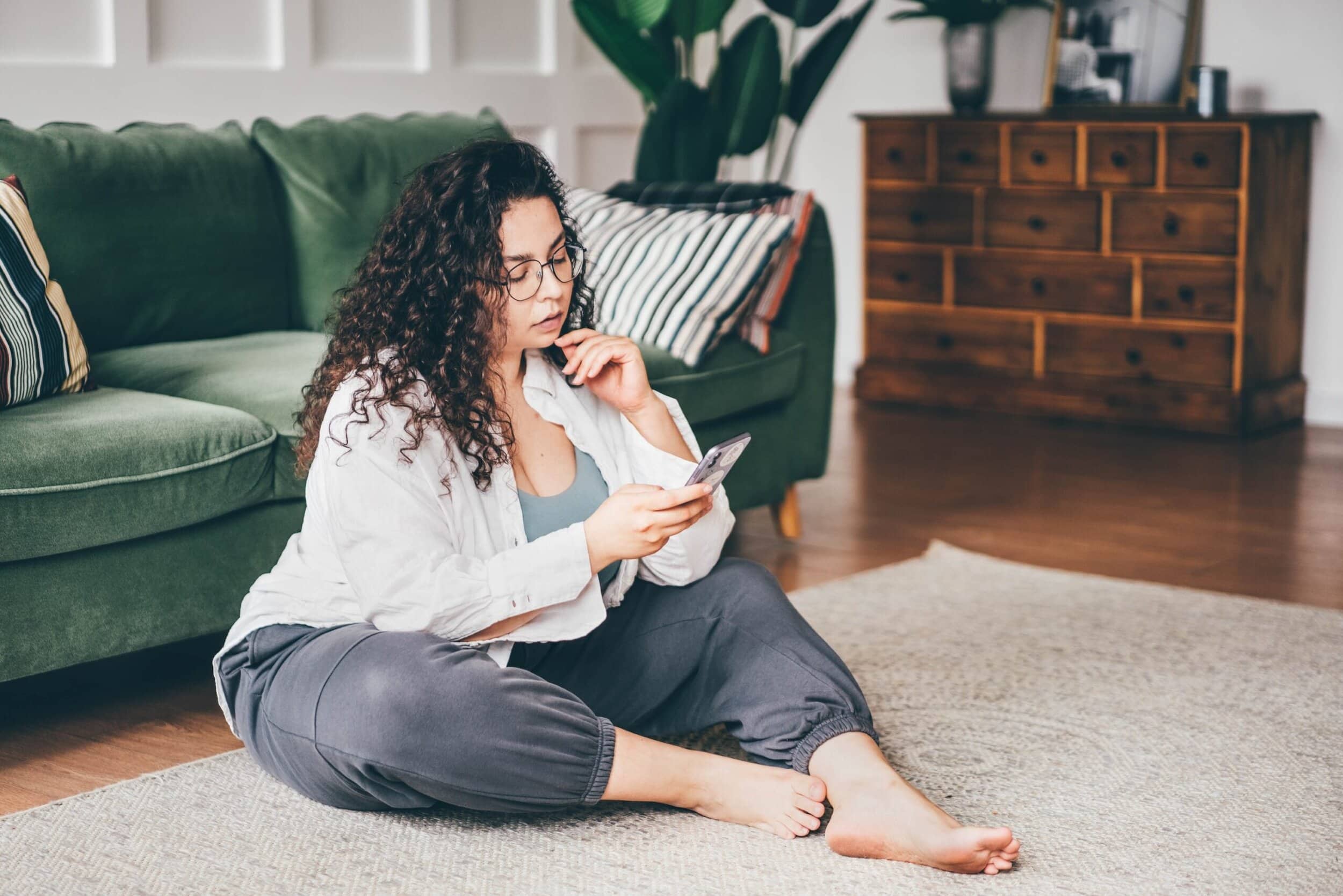
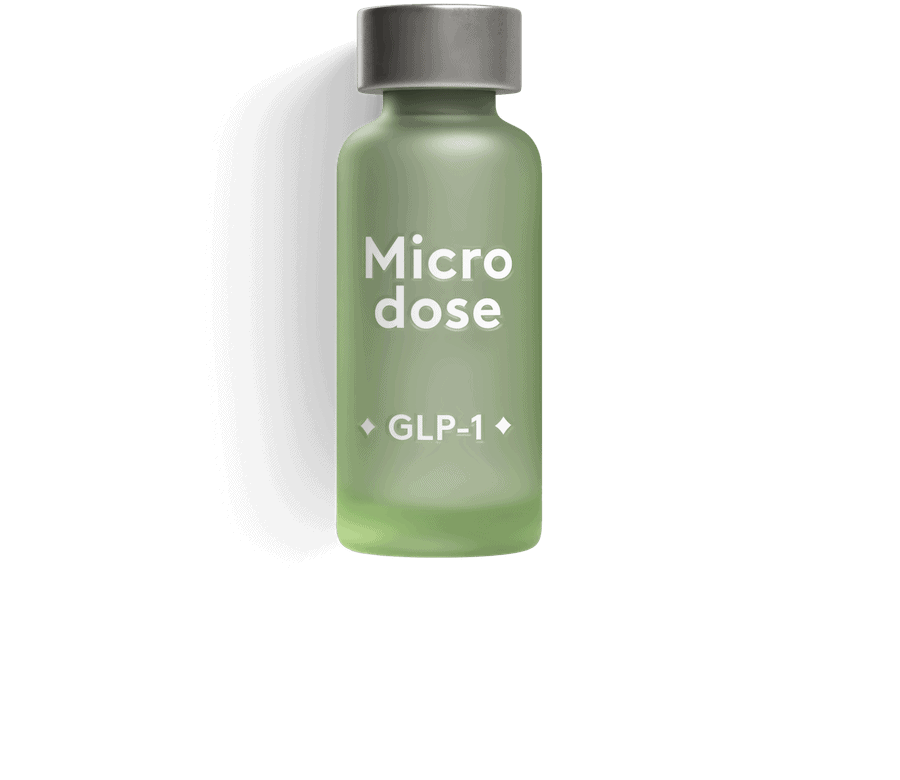
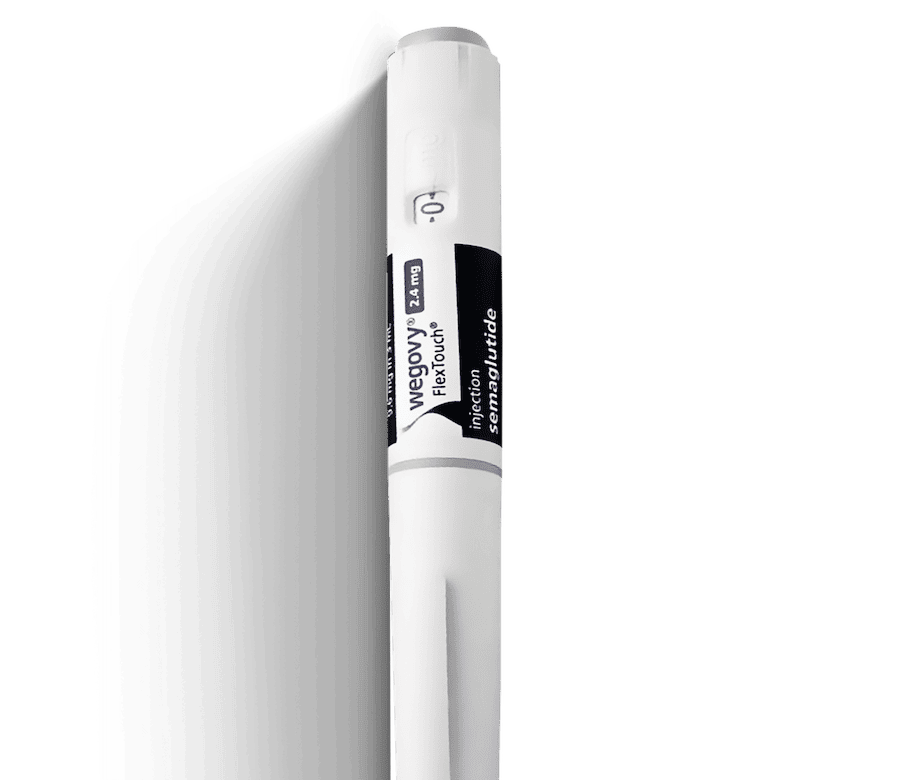
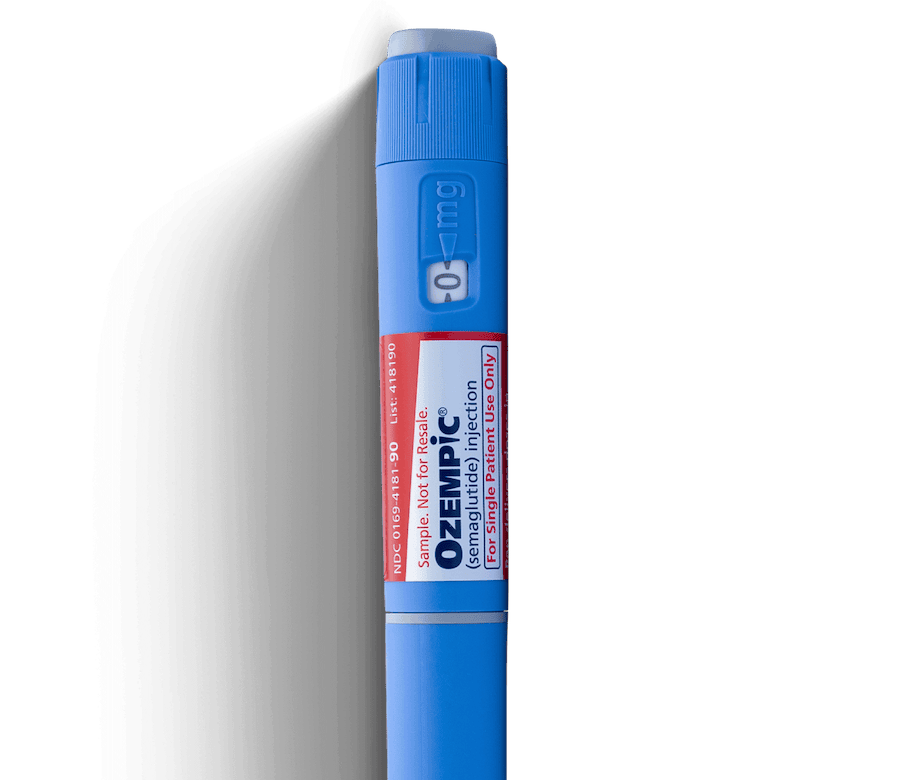


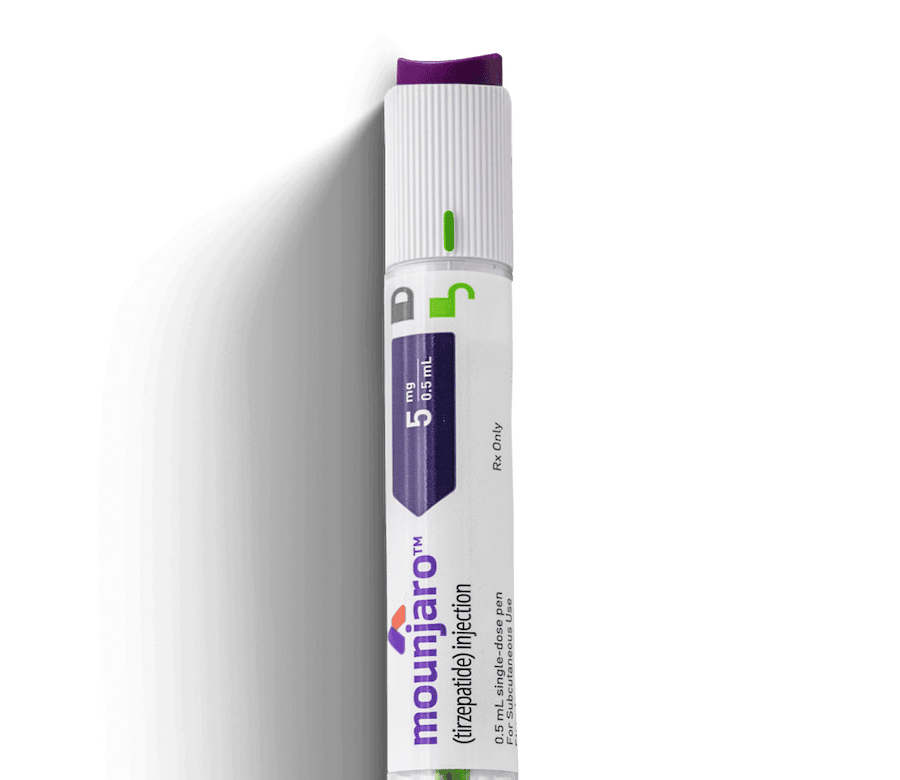
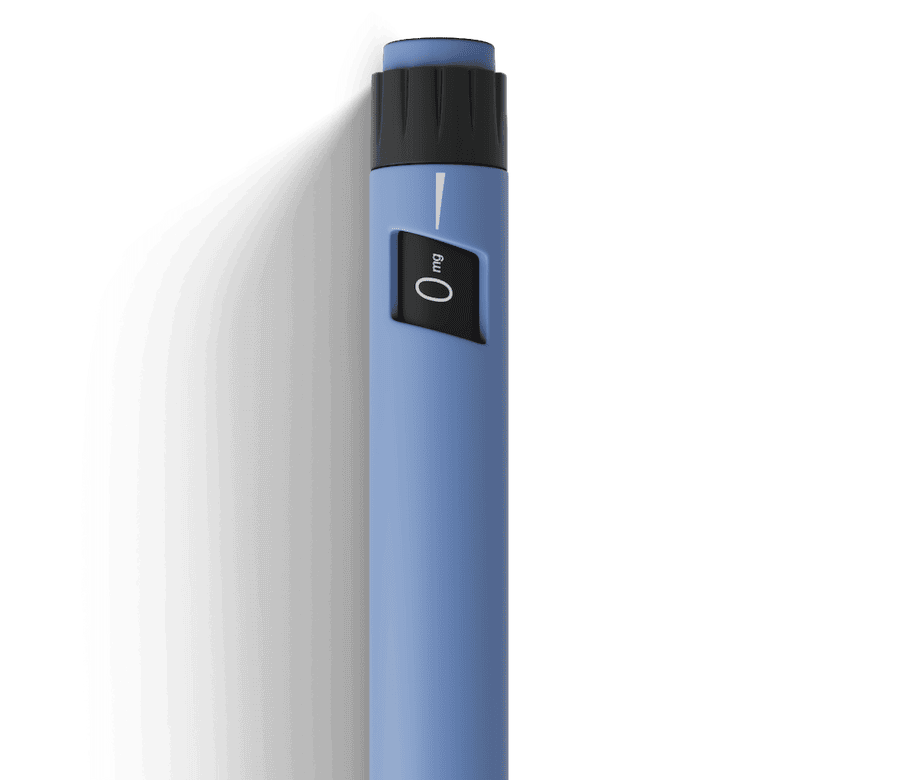
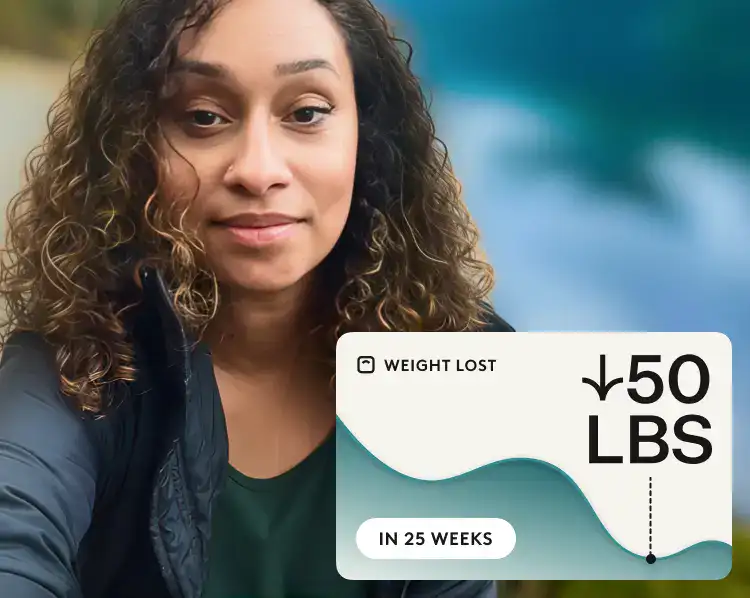
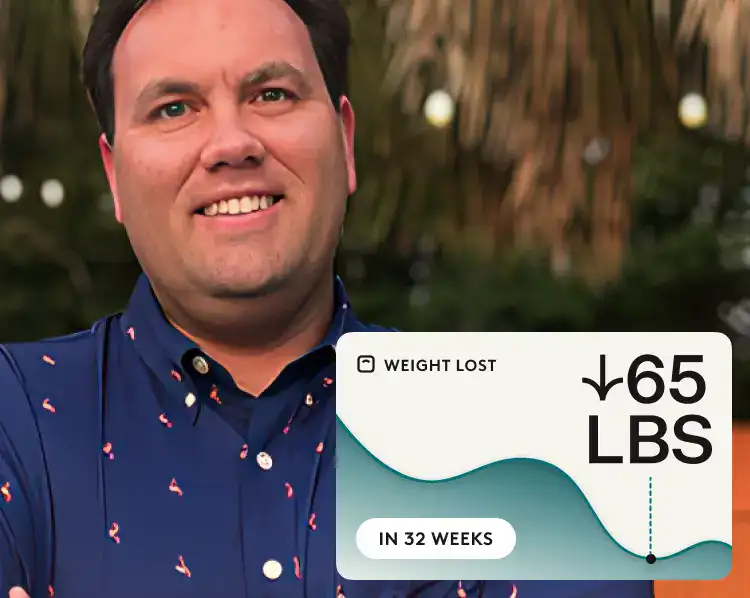
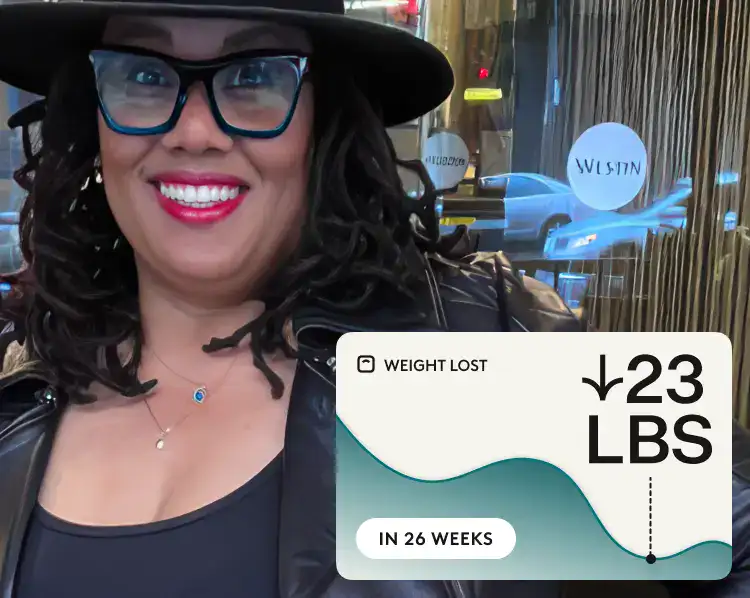
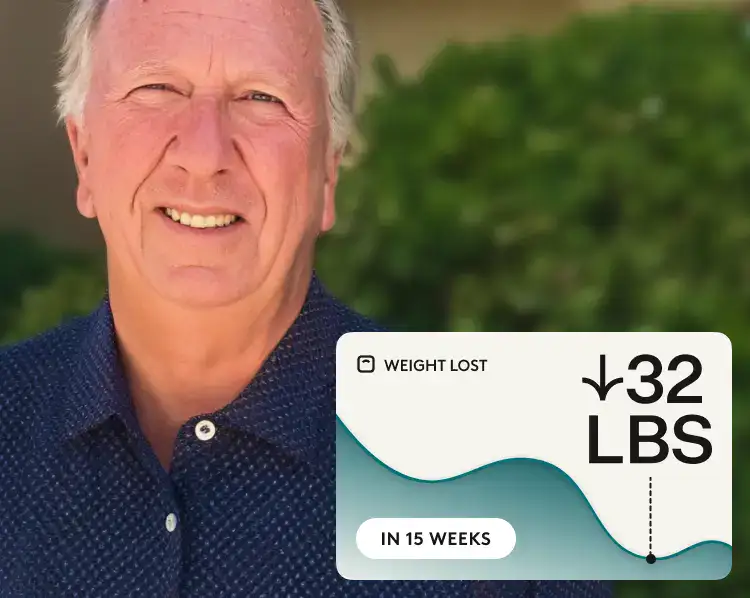

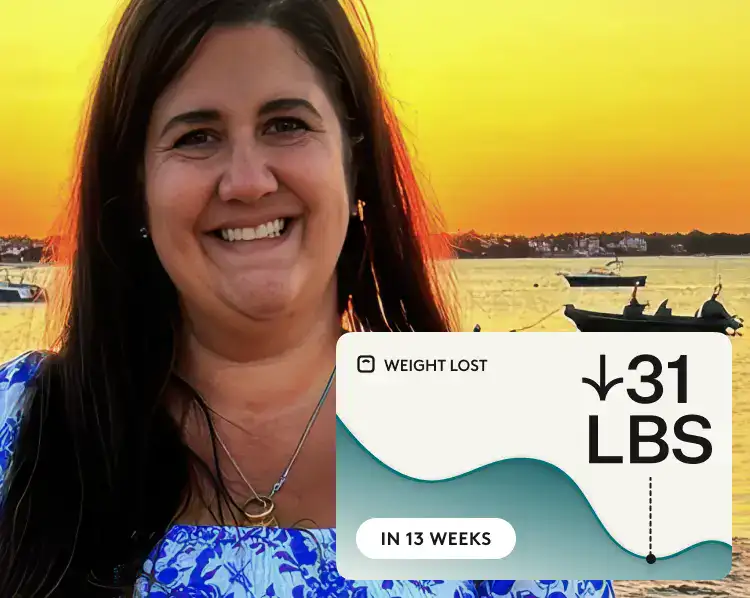
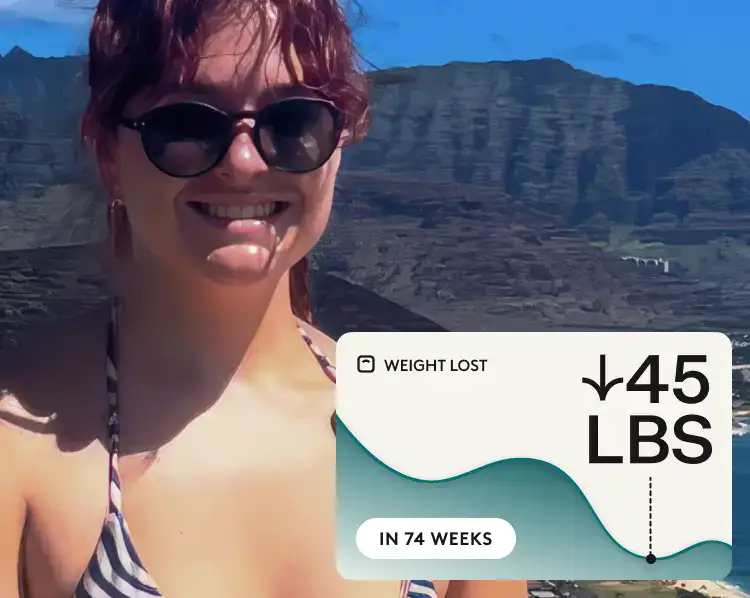
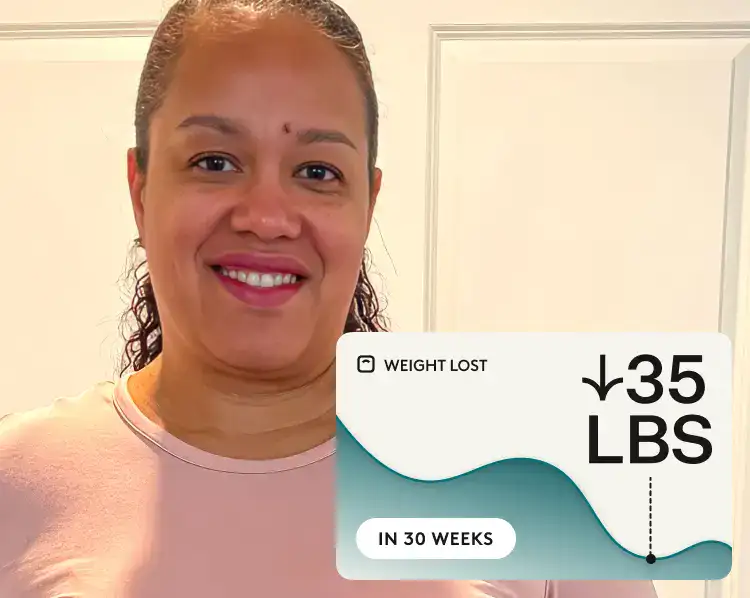
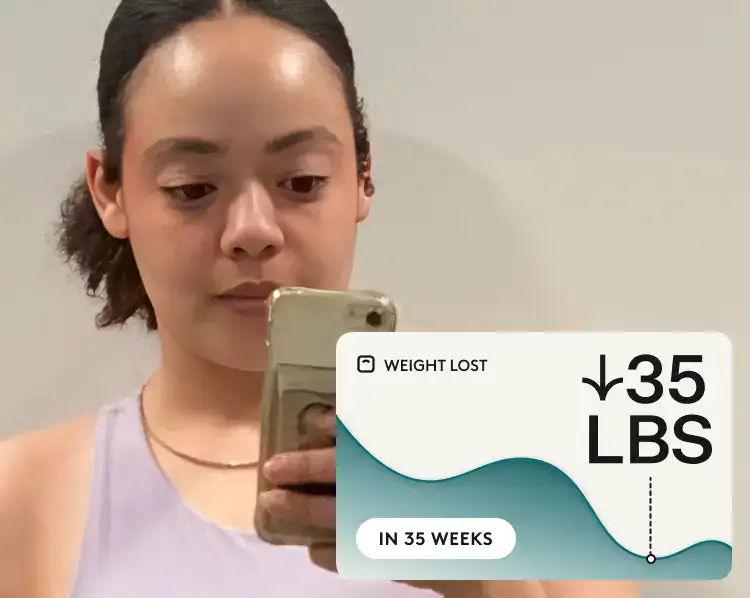
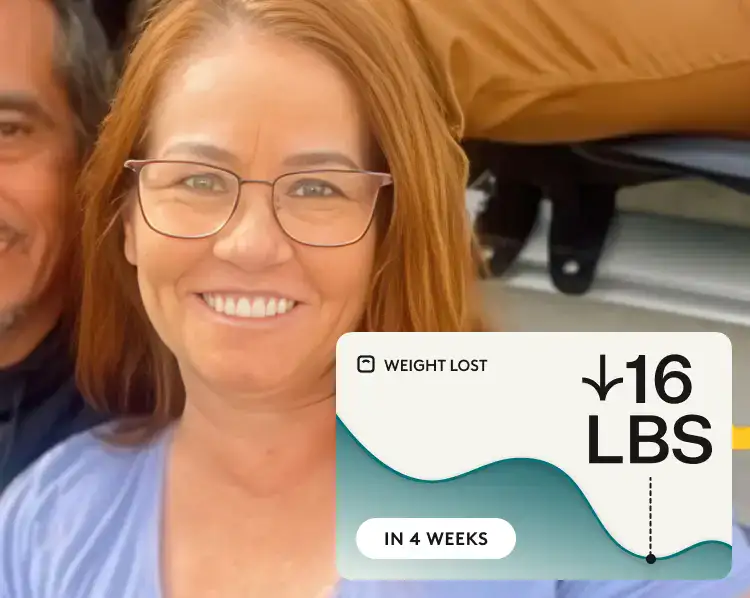
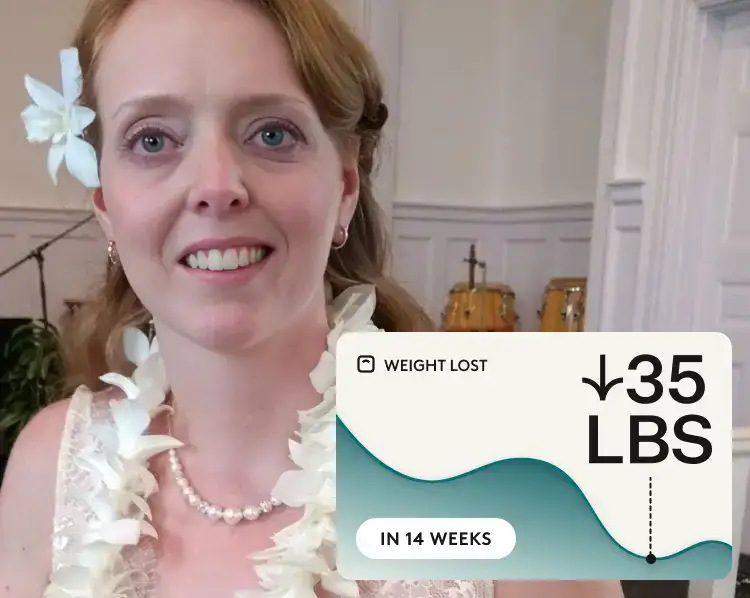

 Noom Team
Noom Team
 Shoshana Fishbein
Shoshana Fishbein



